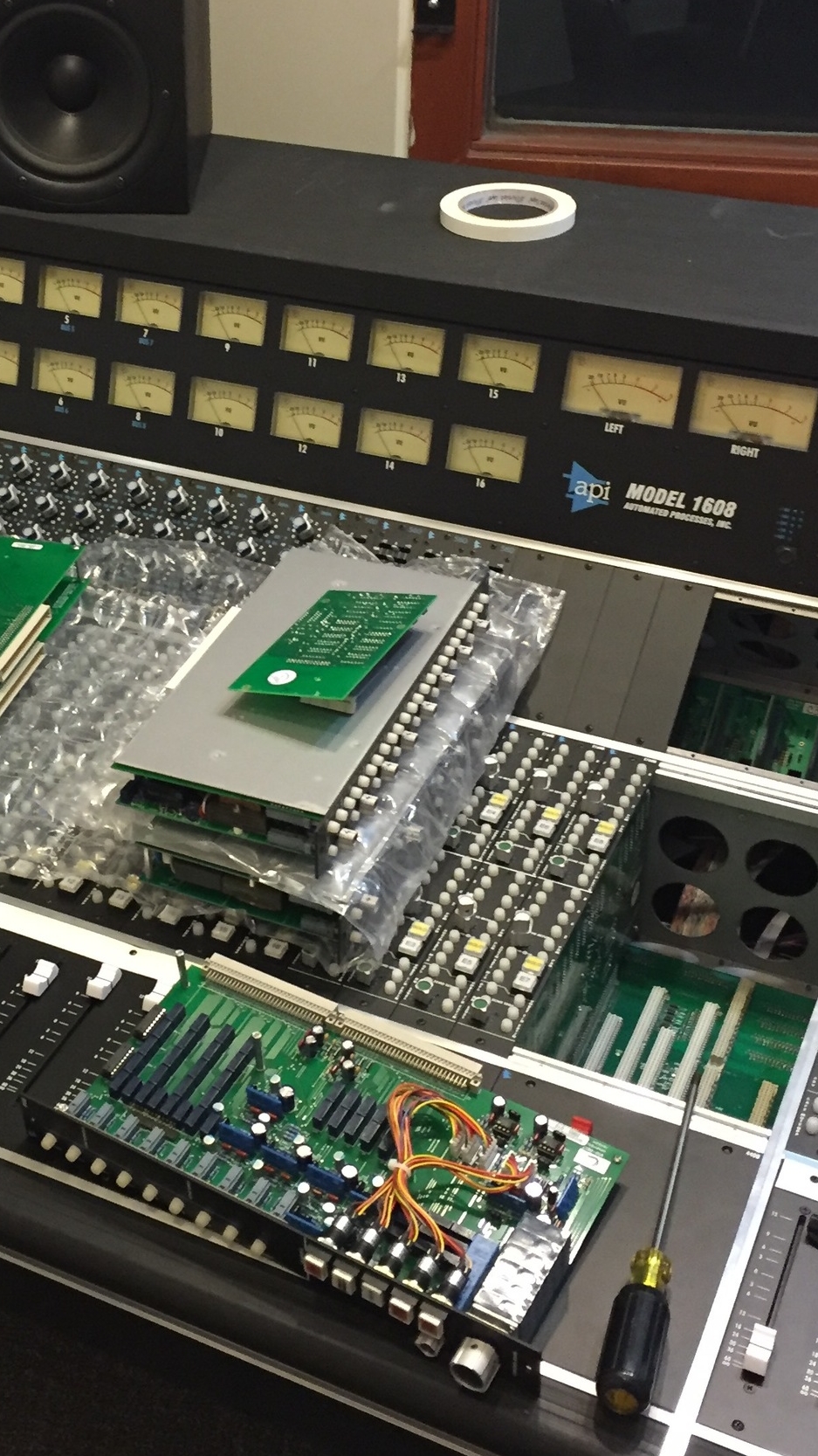My new work “ask” explores the sonic/somatic realm of ASMR, with vocals by Megan Jones and ASMR consultation by Erin Dougherty. In addition, Rob Ramirez of Cycling ’74 helped with implementing inverse kinematics using rigged models made in Maya and animated with jit.phys objects.
It’s a continuation of my research using video to interact with dance directly. A Roli blockpad connected to Max’s blocks.multitouch object in Ableton Live works great as a compact multi-channel 3D controller. I am able to improvise arms and legs in the projection and “jam” with dancer Lindsey Renee Derry.













